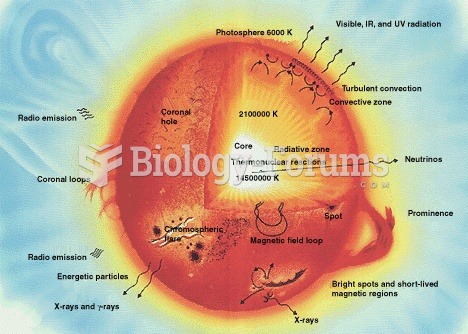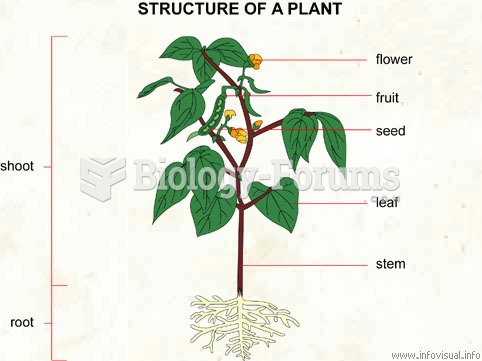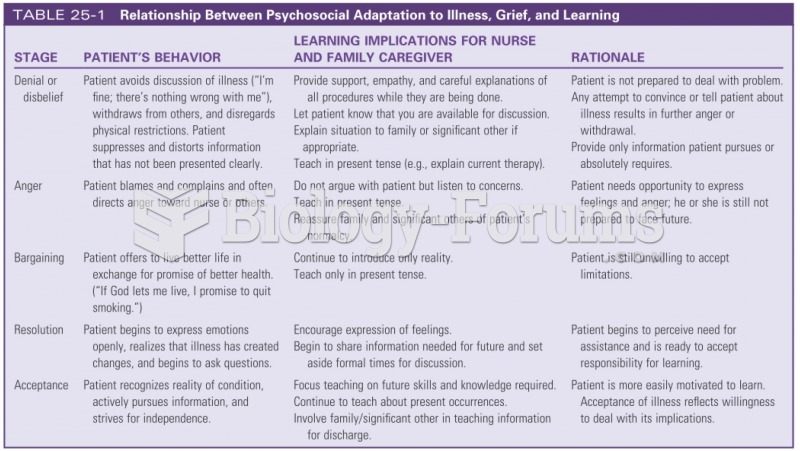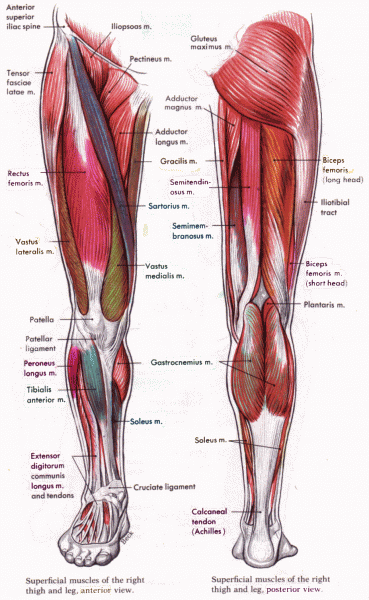Answer to Question 1
ANS: C
A conceptual map includes all of the major concepts in a theory or framework. These concepts are linked by arrows expressing the proposed linkages between concepts. Each linkage shown by an arrow is a graphic illustration of a relational statement of the theory.
This response does not use the correct variable, which is type of dressing. (Gauze is one type.) A conceptual map includes all of the major concepts in a theory or framework. These concepts are linked by arrows expressing the proposed linkages between concepts. Each linkage shown by an arrow is a graphic illustration of a relational statement of the theory.
Wound site is not one of the variables involved. A conceptual map includes all of the major concepts in a theory or framework. These concepts are linked by arrows expressing the proposed linkages between concepts. Each linkage shown by an arrow is a graphic illustration of a relational statement of the theory.
Wound site is not one of the variables involved. A conceptual map includes all of the major concepts in a theory or framework. These concepts are linked by arrows expressing the proposed linkages between concepts. Each linkage shown by an arrow is a graphic illustration of a relational statement of the theory.
Answer to Question 2
ANS: B
In some studies, the statements are implied rather than clearly stated, and sometimes they are located within the introduction or literature review rather than within a clearly expressed framework.
In some studies, the statement will not be clearly identified. The correct answer is may be implied. In some studies, the statements are implied rather than clearly stated, and sometimes they are located within the introduction or literature review rather than within a clearly expressed framework.
The researcher should not omit the theoretical statement. The correct answer is may be implied. In some studies, the statements are implied rather than clearly stated, and sometimes they are located within the introduction or literature review rather than within a clearly expressed framework.
Theoretical statements can be found in the introduction or literature review sections. The correct answer is may be implied. In some studies, the statements are implied rather than clearly stated, and sometimes they are located within the introduction or literature review rather than within a clearly expressed framework.







